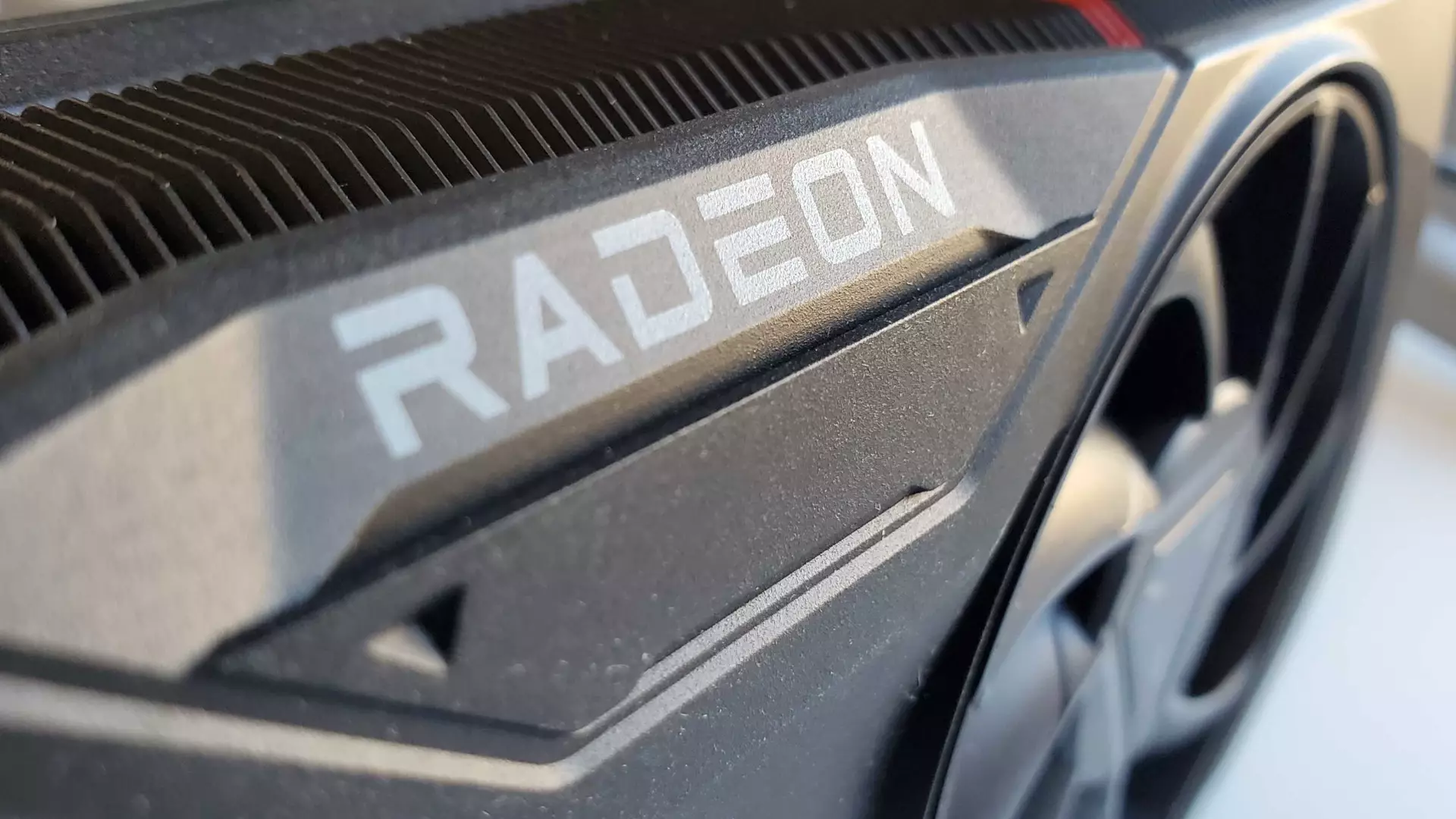In a recent commentary on social media, Frank Azor, AMD’s Chief Architect of Gaming Solutions and Gaming Marketing, made waves by addressing the ongoing debate surrounding the relevance of 8GB VRAM GPUs in 2025. Surprisingly, his assertions resonate with a significant portion of the gaming community. The truth is, many gamers are still operating at 1080p resolutions. As per the Steam Hardware Survey, a staggering 55.27% of gamers are sticking with 1080p monitors, which implies that their need for exhaustive VRAM is not as pressing as some might believe. This situation raises an essential point: when it comes to gaming hardware, understanding the needs of the majority can significantly influence product offerings and market viability.
Market Dynamics and Gaming Preferences
Azor emphasized a critical factor in AMD’s design philosophy: they produce hardware based on consumer demand. His assertion that “we wouldn’t build it if there wasn’t a market for it” speaks volumes about market dynamics in the gaming industry. Esports Titles Making Up the Majority of Gameplay influences this demographic considerably. These fast-paced, less graphically demanding games, including popular titles like Fortnite and League of Legends, require less VRAM and, ultimately, less powerful GPUs. Therefore, AMD’s decision to continue offering GPUs like the RX 9060 XT with 8GB of VRAM isn’t just a strategic business decision; it’s also a calculated response to consumer habits.
Debating the Future of VRAM
Despite the rising chatter around VRAM limitations, especially with high-end titles pushing the graphical envelope, Azor’s commentary highlighted an ongoing disconnect in the community. While elite gamers target top-tier performance and hunts for the latest Nvidia behemoths, they often overlook the realities faced by millions of gamers who simply seek smooth gameplay at moderate settings. The GTX 1650, with its limited 4GB VRAM, remains among the top GPUs, illustrating the persistence of budget options that adequately serve a segment of the market. With prices for higher-end GPUs skyrocketing, many players feel cornered, having to settle for lesser-known budget alternatives.
Striking a Balance: Budget GPUs and Accessibility
What’s crucial to understand here is the importance of maintaining accessibility within the gaming landscape. The RX 9060 XT, with its $299 MSRP, offers a competitive and valuable alternative for budget-conscious gamers. By allowing players to engage with popular games without the burden of high costs, AMD is fostering a more inclusive gaming culture. It reduces the barrier to entry—allowing more players to join the gaming fray while still enjoying a rewarding experience. In a community often overshadowed by high-profile graphics, a diverse array of options, including budget GPUs, contributes significantly to the longevity and sustainability of PC gaming.
Quality of Experience and Real-World Implications
Azor’s statements reflect a broader trend—not all gamers require cutting-edge hardware to enjoy their gaming experience. As someone who has gamed on an 8GB Radeon RX 6600 without major hiccups, I can attest to the viability of mid-range options for the average user. Running most games on platforms like Fedora Linux has shown me that the practical needs of many gamers can often be met without splurging on extravagant setups. The misconception that gaming should always be synonymous with high-resolution graphics and top-tier GPUs overlooks the heart of the community, which thrives on enjoyment and accessibility, regardless of number on a spec sheet.
The Future is Multi-Faceted
The conversation surrounding VRAM indicates that the future of gaming hardware isn’t black and white. Rather, it exists within a spectrum shaped by user preferences, technology advancements, and market forces. While some gamers dream of the latest models outfitted with copious amounts of VRAM, the reality is that many are content with what is necessary for enjoyable gameplay. AMD’s strategy to provide versatile memory options, extending from 8GB to 16GB on the same GPU architecture, encapsulates a wisdom that other manufacturers would do well to acknowledge in their product lines. Individuals have varying needs, and accommodating those will ensure that gaming remains a thriving endeavor, accessible to all.

